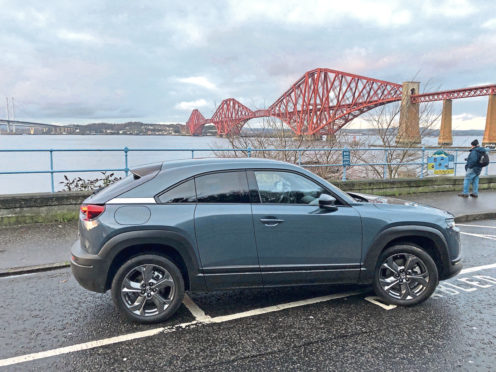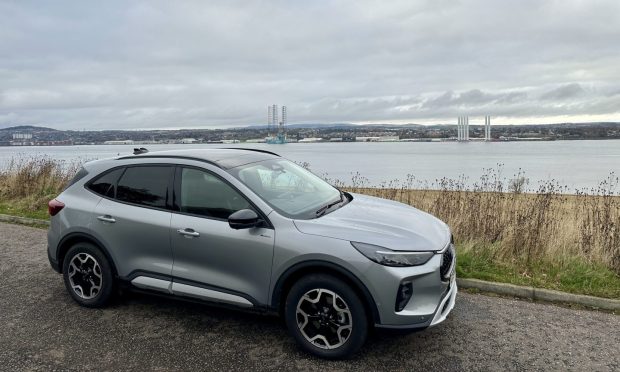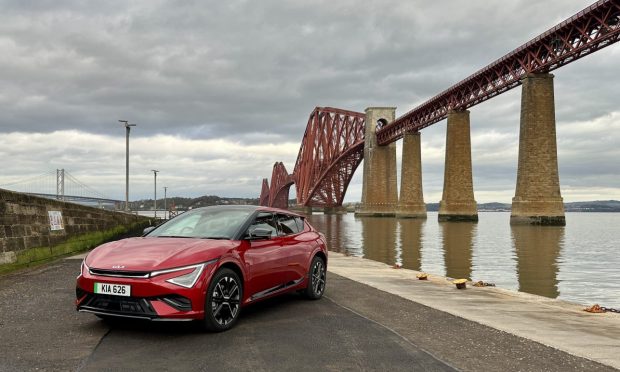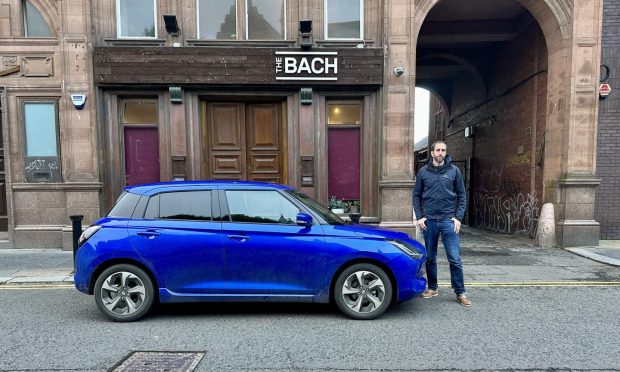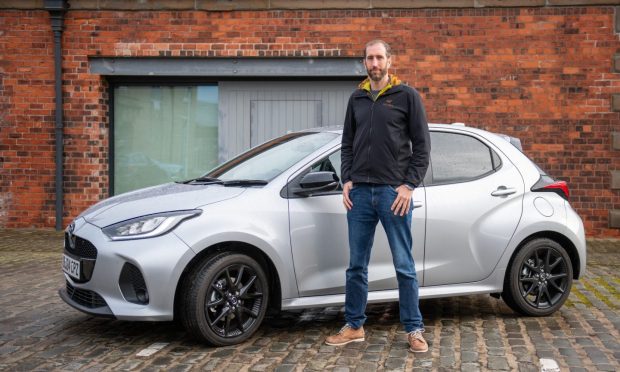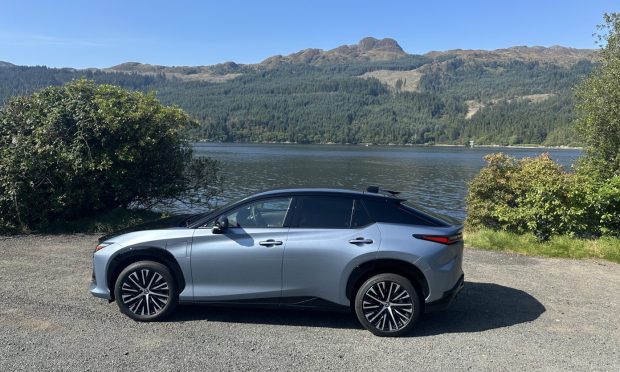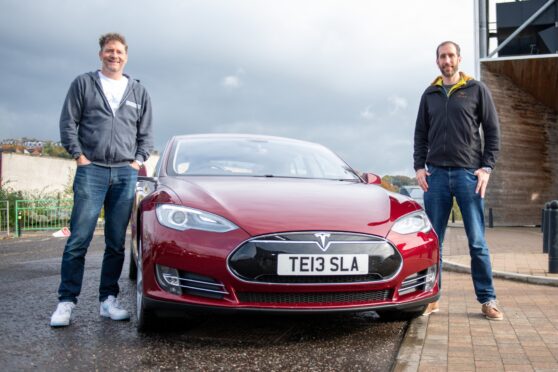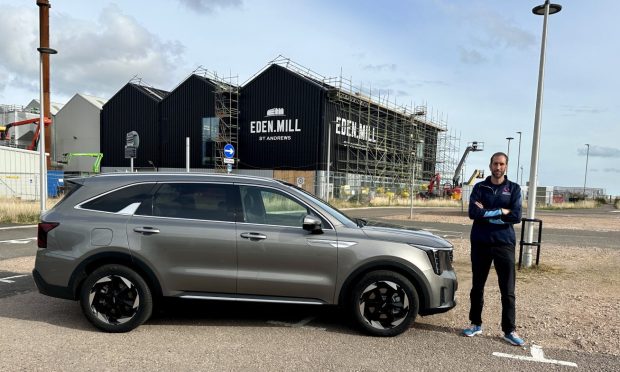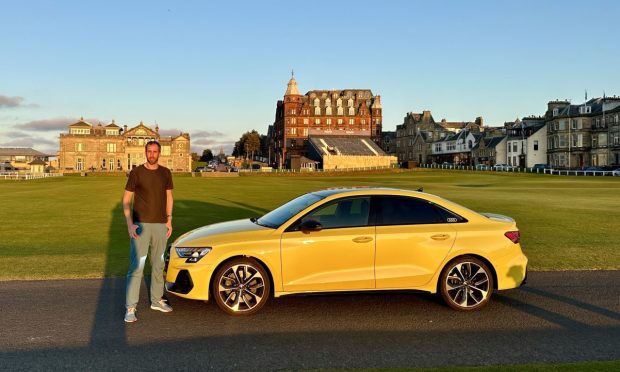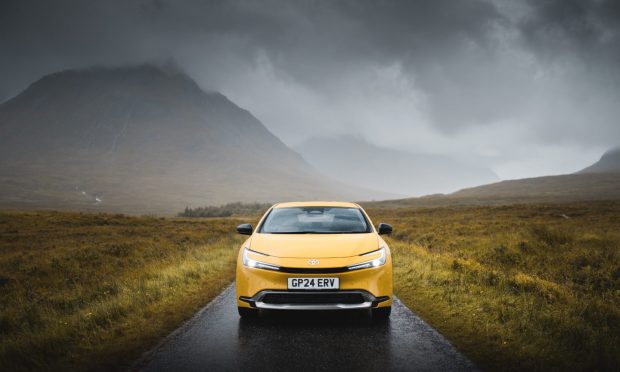Mazda has launched its first mainstream electric car.
The MX-30 is a small SUV comparable in size to Mazda’s CX-3, the VW T-Roc or Kia Niro.
It’s a good looking little thing, with a sharp nose and stylish angled rear end.
There are no B-pillars and Mazda has fitted it with rear-hinged ‘suicide doors’ like the ones in the old RX-8 sports car, one of my favourite Mazdas of all time.
There has been something of a range arms race in recent years, with manufacturers boasting of how far their EVs can go between charges.
Mazda has sidestepped that, kitting the MX-30 out with a 35.5kWh battery – much smaller than the 64 and even 90kWh units found in many other electric vehicles.
Range is a modest 124 miles, or slightly farther if you drive mainly in town.
That makes driving to Europe tricky, but is more than plenty for the average daily commute.
Mazda has calculated that the CO2 costs of a smaller battery are lower, saving emissions over the lifetime of the car.
For those who need to go farther Mazda will be adding a range extender version next year, which uses a small petrol engine to generate electricity for the battery.
The smaller battery allows Mazda to price the MX-30 very competitively – it starts at £25,545 once the government’s electric car grant has been taken off.
It goes on sale in April and Mazda brought a pre-production MX-30 to Edinburgh for me to drive.
One of the benefits of the smaller battery is less weight, making the car more agile.
Whipping around some country lanes near Kirkliston was terrific fun – only the MX-5 sports car handles any better in the Mazda line up.
The interior is nicely laid out, and trim made from cork is a nice use of renewable materials.
Space in the back is modest, with room for small adults at best, but there’s a large boot that could easily take a dog or a week’s grocery shop.
A range that’s only half that offered by a Kia e-Niro or Hyundai Kona Electric won’t suit everyone.
But for those who rarely drive more than 120 miles in a single day, the MX-30 makes a lot of sense.
It’s affordable, good looking and by far the most fun-to-drive electric car in its price range.
